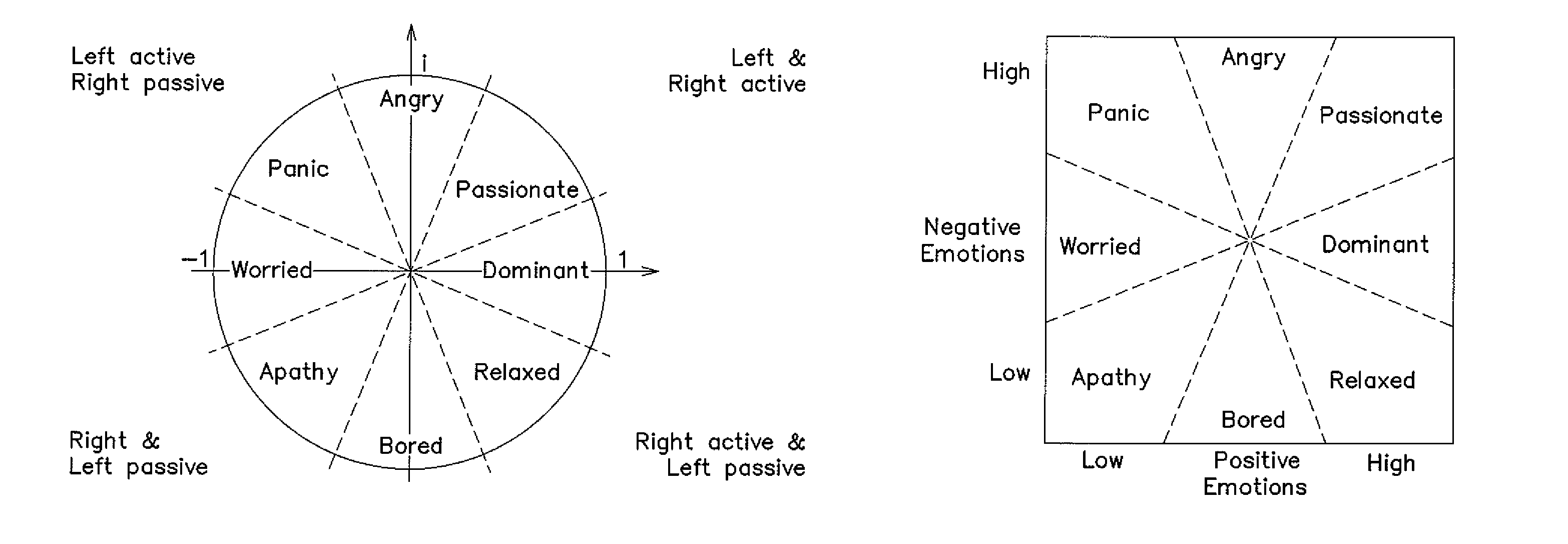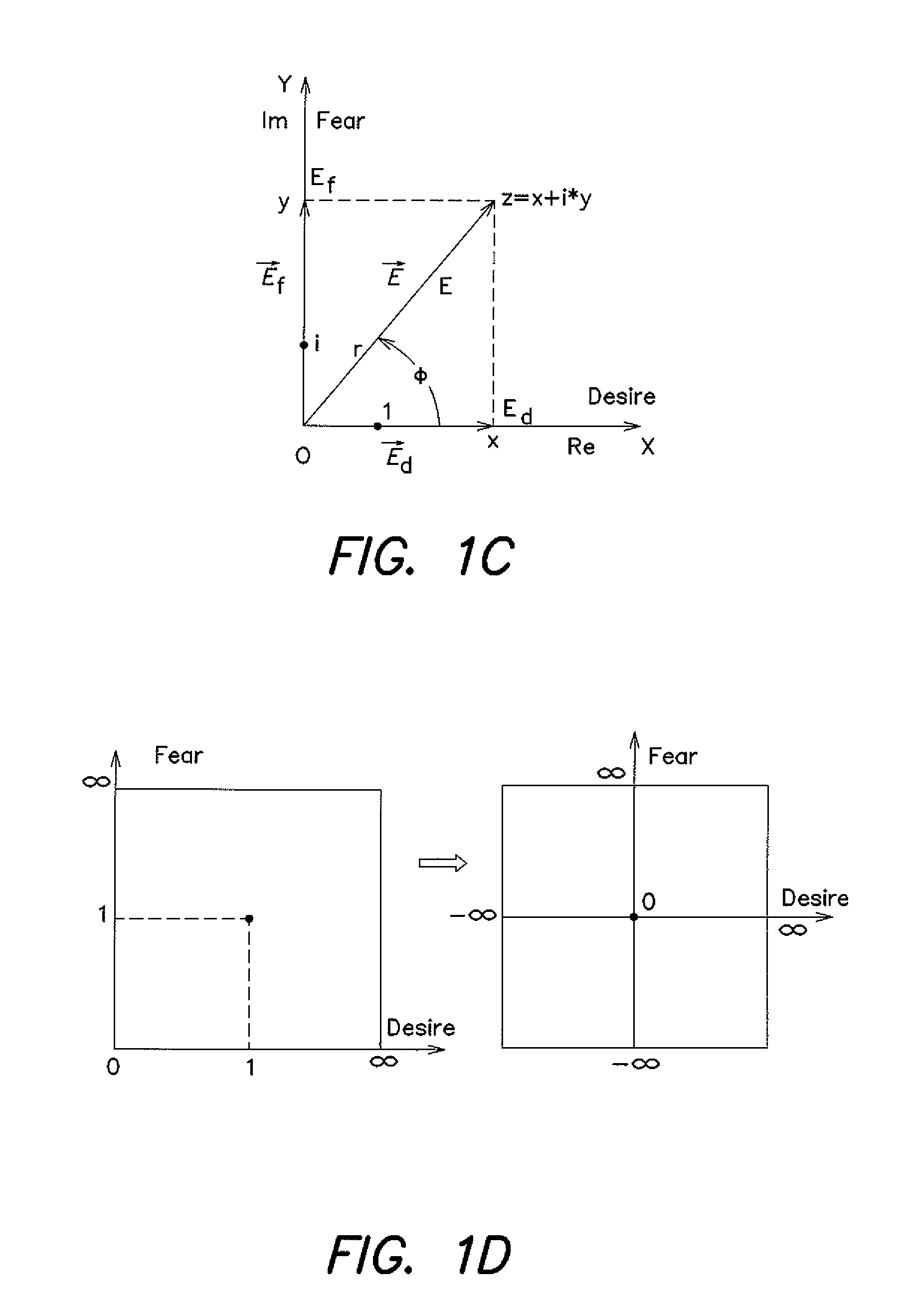The problem with current human interfaces is that they require us to process information or perform actions that are not in line with the mood experience for which the product was designed.
Or, in other words, these interfaces, at some point during the user experience, tend to activate a part of the brain, which subsequently alters our emotions and thus our mood in a non-desirable way.
Going through menus is an unwelcome interruption when one is in a relaxed mood: it alters our mood from relaxation to frustration.
However, there are some issues with today's recommenders.
Some platforms, like television, hardly use recommender technology.
Also, viewers need to actively search for programs: they need to search through Electronic Program Guide and menus with their remote control to find something of their interest, forcing them into a frustrated mood.
The recommenders that are currently used fail in a very important aspect: i.e. they do not consider people's desired mood.
Therefore they cannot recommend content that is specifically suited to support a person's desired mood.
Such rating does give us a vague, overall indication of how much a person liked a product, but it cannot tell us in which mood the product placed the person.
In order to discover such information, a personal interview or written analysis would be needed, but this bipolar rating alone would not disclose such information.
This poses a problem when, after a hard day at work, all that is needed is relaxation.
Therefore, we cannot be guided by explicit ratings, and we are certainly not in the mood to read plenty of reviews, before deciding which relaxing movie to watch.
Moreover, current recommenders do not consider the nature of the platform on which they are used.
Also, current recommenders do not consider the type of transaction for which they are intended.
The advantage of this group is that the results are partially personalized, the disadvantage however is that no high level of personalization can be reached since the available profile data is limited.
Current television interfaces however frustrate people instead of relaxing them, because they require such operations like scrolling through text-based menus or EPGs (electronic program guides) and programming the recording of content.
This does not support the relaxing nature of the natural TV viewing experience.
On the contrary, it often jeopardizes relaxation and sometimes even causes frustration.
Individual users of interfaces for broadcasted media or TV are limited to the specific time slots in which the broadcaster chooses to make a particular program available.
This specific time does not necessarily match the mood and availability of the viewer.
Recording devices which enable time shifted viewing have physical restrictions associated with the system, such as the number programs which may be recorded, or, the number programs which may be simultaneously record, but the most important disadvantage is the hassle and frustration accompanying the programming of recording and the selection and replaying of recorded content.
Although Catch-Up TV is available for time shifting, its functionality is limited and its use does not support the relaxing nature of the natural TV viewing experience.
Both selection of time shifted content and programming of time shifting devices are not relaxing, involving too much left brain activity.
Media or television advertisement often interrupts the relaxing nature of watching the content, creating annoyance and frustration.
The problem with advertisement skipping in recorded time shifted content is that it potentially may jeopardize the business model of broadcasters or content creators that use advertisement as a source of income to finance the broadcasting service or content creation.
Also, current systems do not verify whether a viewer actually watched an advertisement, so they cannot guarantee the advertiser value is actually created.
Also current systems do not allow for the user to pull advertising of interest, such pulled advertisement of interest is of higher value to advertisers, than the mass bulk advertisement or personalized pushed advertisement.
Systems, which have tried to improve relaxation by altering the advertising viewing behavior, did not respect the advertising business of the television broadcasters.
However, this interfacing does not support associative, synthetic thinking (i.e. typical right brain thinking), and may result in frustration or lack of overview and creativity, if too much analytical or textual activity (i.e. typical left brain activity) is required from the interface.
These tools however, miss the functionality needed for organizing, accessing and navigating content in tandem or almost concurrently in two ways, i.e. in a categorical, analytic way necessary to systematically work through the information as well as in an associative, synthetic way, necessary to create the overview eliciting creativity.
Although such metaphors do already help to organize material in a somewhat more visual and intuitive way, they are still very analytic and schematic, and as such do not support true associative, synthetic, exploring thinking.
State-of-the-art systems and interfaces for the access and management of mainly textual or analytic material do not provide an automatic way for placing orders and for paying, which is transparent and thus relaxing to the user.
Most of the time, the hassle involved in doing this, is an unwelcome interruption to the task one is actually performing, i.e. to the reading, researching or writing of texts or presentations.
This frustrating interruption makes us losing the overview and therefore often stops the creative process.
Current e-reader black-white text representation and their emulators typically do not allow displaying figures in full color.
Such operations interrupt the reading or researching experience and are typically frustrating, overview distorting and creativity killing and therefore unwelcome.
These kinds of actions are often unwelcome, since they compete with other, more pleasurable activities.
However, current systems are not able to detect panic or passion in economic markets or individual trading parties at the time these moods emerge, neither are they able to automatically buy or sell securities based on such knowledge.
Current banks and investment funds are too often seduced into profit-seeking decisions at the expense of objective risk management.
As a result, too high risks are taken, possibly resulting in big losses or even financial system crisis.
Current B2B sales & marketing strategies however typically tend to either bore potential buyers, or leave them worried.
In both cases, this leads to suboptimal or non-existent sales results.
Another example consists of businesses, who succeed in selling a vision, in making buyers willing to change, but who subsequently fail to hedge the buyers' private or social fears.
However, they fail to link these stages to the buyers' basic emotions, moods and cortical activity.
Therefore, the sales approach is not optimized towards supporting the natural mood for that stage of the buying cycle.
Further, in current DVR systems and remote storage systems, cloud upload bandwidth and cloud storage capacity are limited and serve as a pseudo-constraint on access to content in the lieu of a proper digital rights management protocol.
However, as greater network bandwidth and increased cloud storage capacity become more pervasive, these system constraints will become an increasingly poor substitute for proper digital rights management protocols.
 Login to View More
Login to View More  Login to View More
Login to View More 


